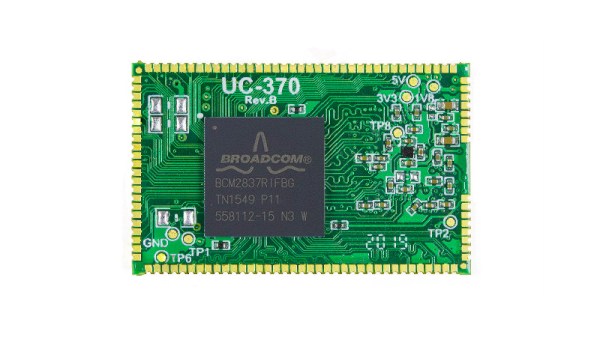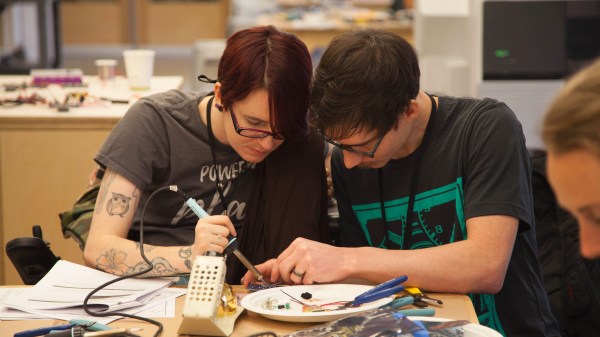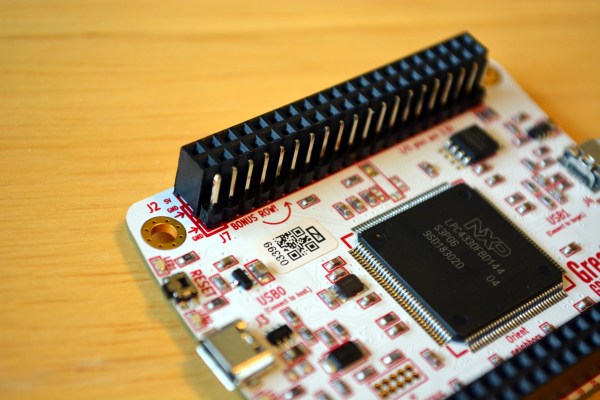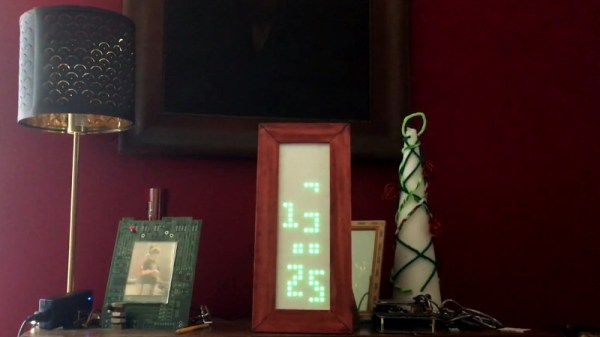The world is awash with Raspberry Pi clones that boast fruity names, but those looking for a piece of the real thing will find their compatibility only goes so far. Shaky Linux distros abound and, with a few honourable exceptions, they are not for the faint-hearted. The reason that a market hasn’t emerged for fully-compatible clones is that the Pi people seem to have a monopoly on the world’s supply of the particular Broadcom SoCs that they use, forcing would-be competitors to source the brains of their outfit elsewhere.
It’s easy to buy a Raspberry Pi SoC though, if you don’t mind receiving a Raspberry Pi along with it. So to make a compatible Pi clone for space-constrained applications, the folks at Arducam removed the SoC from a Pi 3 and designed a surface-mount module board for it, making a 40 mm x 25 mm postage-stamp style system-on-module. It’s not a Raspberry Pi, but it runs Raspbian.
Their board is not one that they will be selling, but it does open up interesting possibilities for others with an eye to creating Pi boards in different form factors. It would be fascinating for example were somebody to produce an open-source module board for a Pi SoC. Some of you might be asking why the existing Compute Module was not suitable for them; in the write-up they cite mechanical issues with the SODIMM socket.
This isn’t the first compatible Pi clone we’ve seen. Aside from the intriguing but short-lived Odroid W there was another even smaller Arducam offering that never made it to market.


















